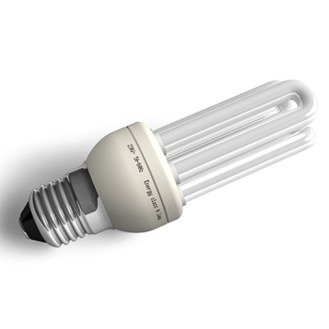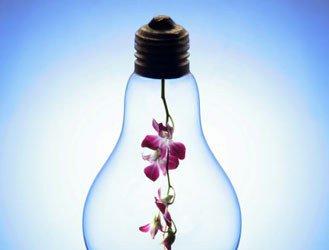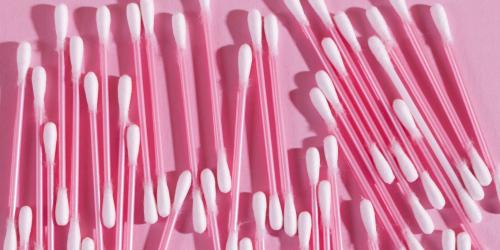Perhaps…
The Consumer Safety Commission (CSC) has just pinned these lamps. The reproaches: they contain mercury, emit electromagnetic waves, but also UV.
Maybe not…
A closer look at the report of the CSC , it is quickly realized that the mercury is present in very small quantities (less than 2 mg for the most part - mentioned on the packaging with the chemical name of the mercury which is Hg - when the authorized rate is 5 mg). In comparison, our old thermometers , now banned, contained 1,000 times more (2 g). The real danger , therefore, is the case, because the mercury is volatile. It is therefore recommended to ventilate the room immediately (but no vacuum cleaner that disperses these molecules in the air), then to collect the debris, later, with absorbent paper. None of this has been done? We stay calm. The mercury content in the air is maximum in the first 15 minutes and can reach 45 μg / m3. In a professional environment, up to 50 μg / m3, 8 h / d, 5 d / week, and 11 months / 12 are tolerated (recalls the CSC). The real threat is environmental: the mercury that accumulates is a pollutant . Hence the need to recover the bulbs in specific recycling bins (www.malampe.org)
And the waves?
At the level of its electrical base , the lamp would emit 15 μT (microteslas), the authorized threshold being 100 μT (microteslas). In comparison, a hair dryer 3 cm from our head emits some 2,000 μT ... Nevertheless, as a precaution, the commission recommends staying more than 30 cm from lamps, especially people who wear electrical equipment (hearing aids or pacemaker).
Finally, the UV ...
Yes, these lamps produce UVB (responsible for skin cancer). But only when they are surrounded by a single glass envelope or if they are transparent, especially at the join of the glass and the base. But today, on the market, most household lamps are opaque . We check their bases at the time of purchase.



